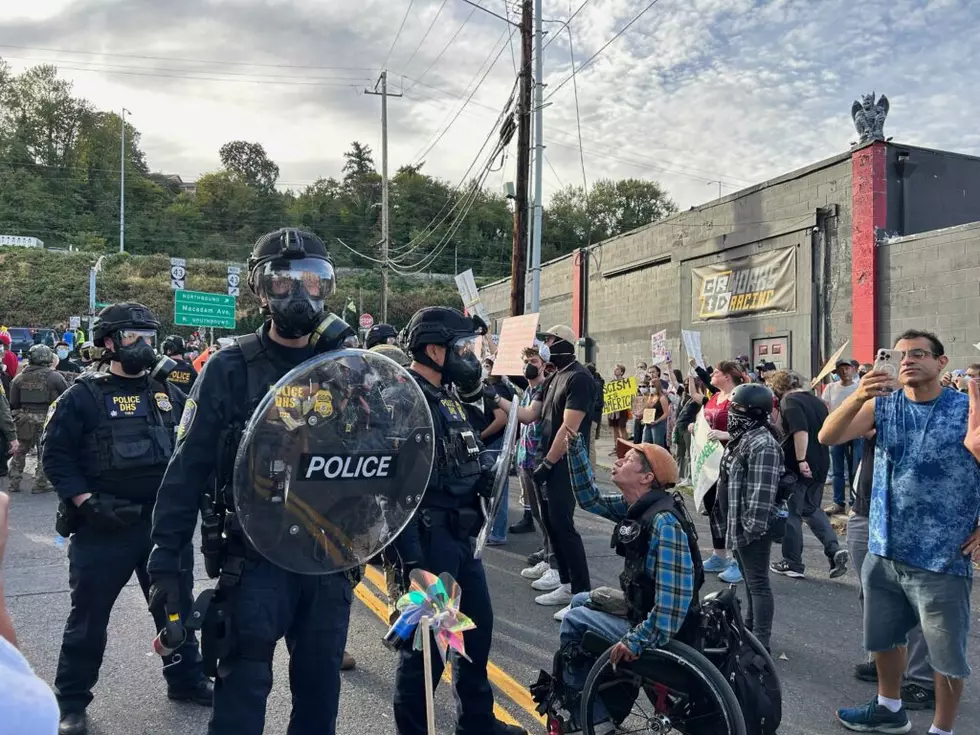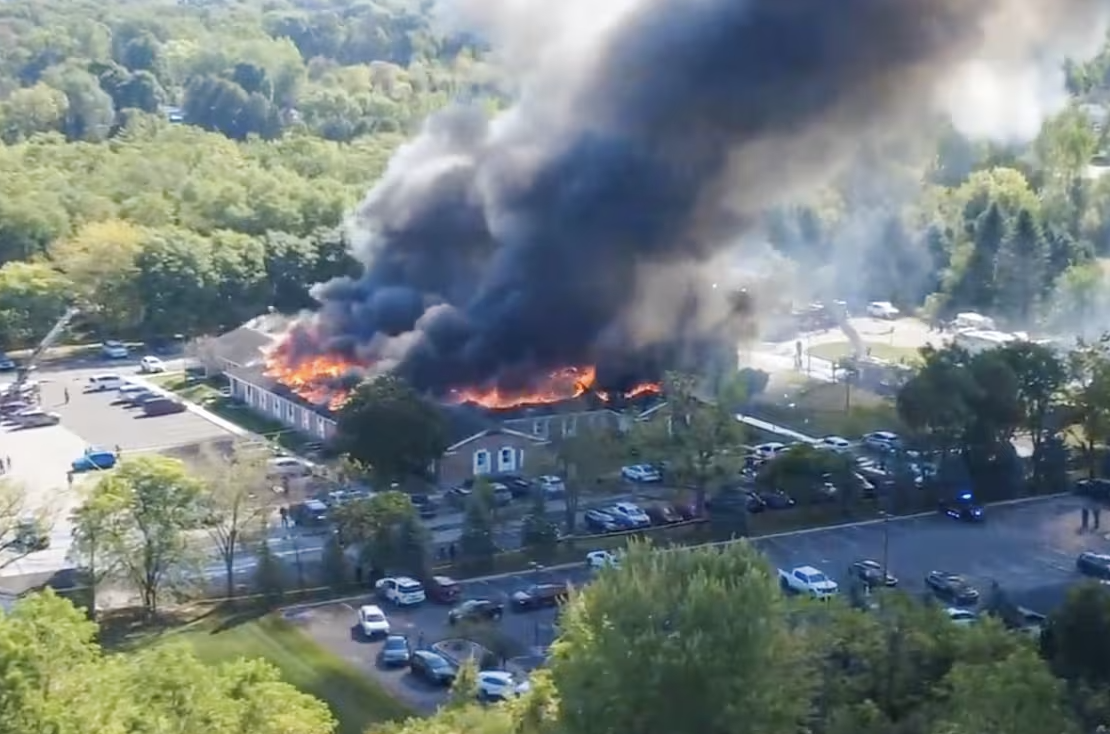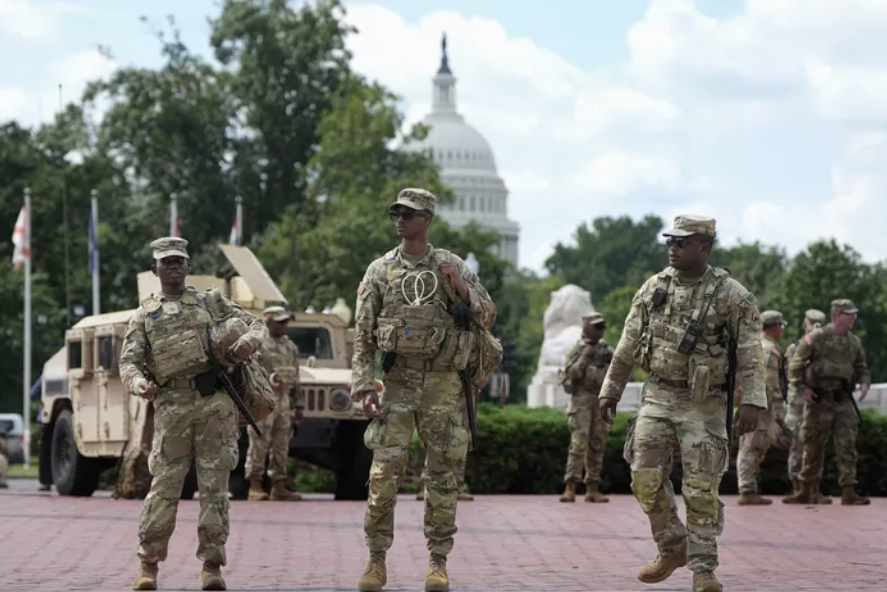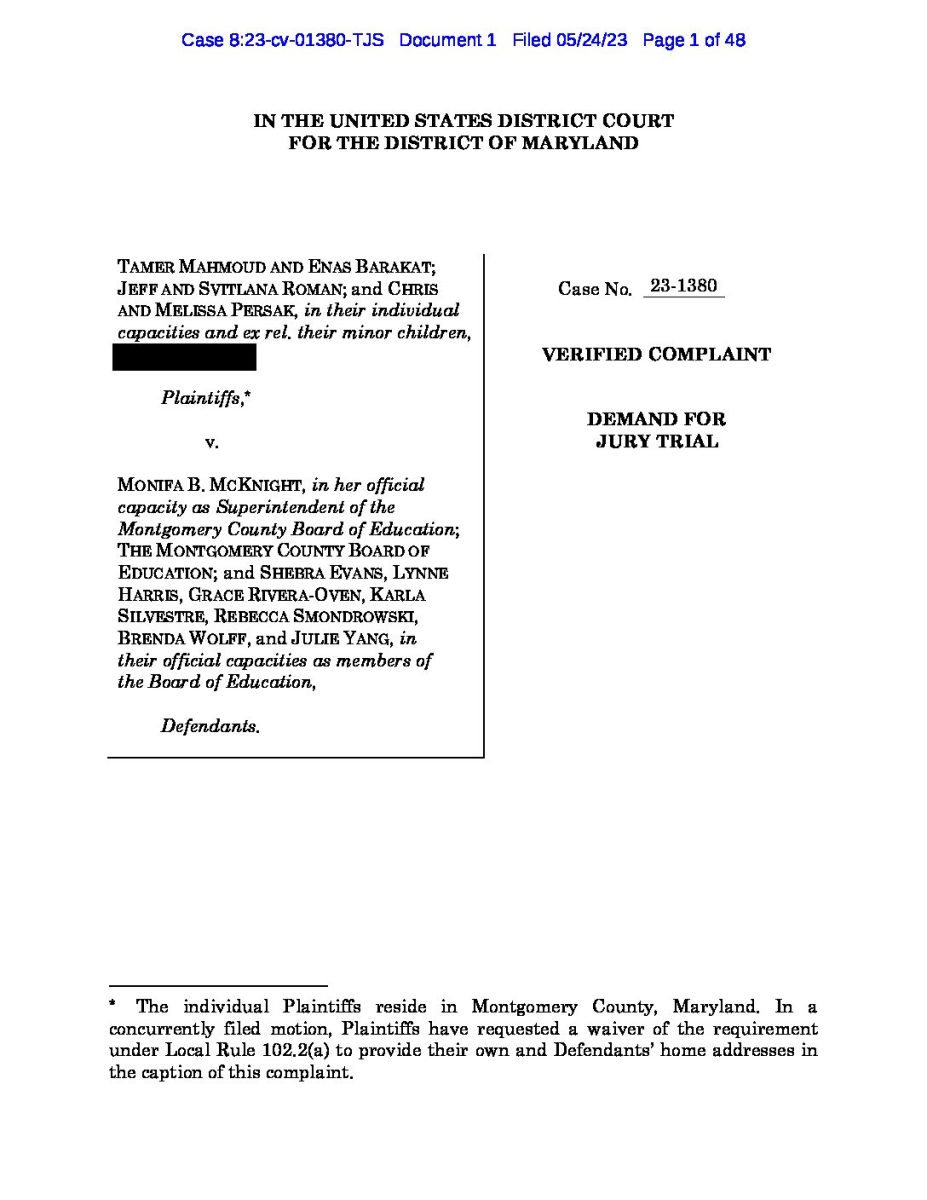On September 28, a memorandum for the mobilization of 200 members of the Oregon National Guard to be directed to Portland, Oregon—for a minimum of 60 days—was issued by the Secretary of War to the Oregon Adjutant General. The memorandum cites reasons for the deployment, along with the eruption of violence from several protests: “Numerous incidents of violence and disorder have recently occurred and threaten to continue in response to the enforcement of Federal law by U.S. Immigration and Customs Enforcement (ICE).”
On Monday, September 29, Oregon Attorney General Dan Rayfield filed a temporary restraining order to block the mobilization effort. The suit labels the defendants as President Donald Trump, Defense Secretary Pete Hegseth, Homeland Security Secretary Kristi Noem, and the entire Department of Homeland Security. Rayfield’s restraining order alleges that the Government violated the Posse Comitatus Act, which forbids federal troops from executing civilian law enforcement duties.
Abigail Jackson, the White House Deputy Press Secretary, responded: “Trump is using his lawful authority to protect federal assets and personnel in Portland.” She also cited assaults and doxxings by “left-wing rioters” and the principal cause of the deployment, according to NBC News.
Trump himself called Portland a “warzone,” likening it to the battlefields of World War II, in a Speech in Quantico, Virginia.
According to Oregon Public Broadcasting, the deployment is predicted to cost $3.8 million in federal funds, not including the meals and lodging of the troops. Originally, the troops were scheduled to be deployed as early as Thursday, Oct 2, but this date appears to have been pushed back.
Lt. Stephen Bomar Bomar compared the current status of deployment to a certain process: “…a crawl, walk, run phase. And they’re definitely in the crawl phase.”
Trump continues to push for a National Guard presence in Portland, but as the government grapples with a possible shutdown, civilian pushback continues to arise, and the mobilization is bogged down by its administrative phase, it’s uncertain when the deployment will actually be carried out.










































